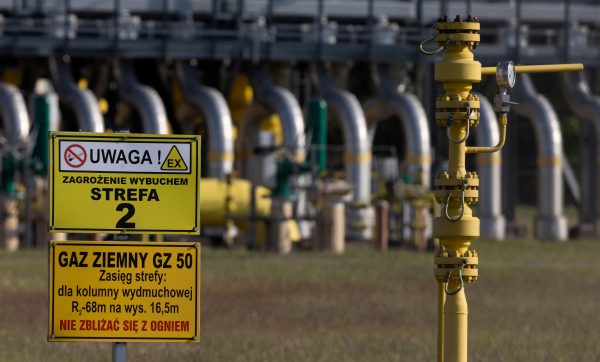Russia continues to attack Bakhmut and Avdiivka, but Russian attacks may come to a halt shortly. Ukraine is preparing a counteroffensive. What is the situation and what is needed?
The overall intensity of fighting decreased in recent weeks. Russia continues to attack Bakhmut and Avdiivka. In the northeast near Svatove-Kupiansk and Kreminna-Lyman, and in the south near Vuhledar, there is currently little activity from either side.
The Wagner group did raise a Russian flag on Bakhmut’s town hall, but that does not mean the town is under Russian control. About a third of the city continues to be held and defended by Ukraine in the western part.
In the Bakhmut city area, there are protracted battles over individual city blocks and street intersections. Russian advances around Bakhmut and on the road between Bakhmut and Sloviansk appear to have stalled, at least for now.
The situation near Avdiivka is currently partly unclear and critical overall for the Ukrainian side. Russia is apparently using remaining forces from the failed attacks near Vuhledar to continue to exert pressure on Avdiivka.
Ukraine has well-developed positions west of Avdiivka, to which a withdrawal would be possible if the city were lost.
Ukraine needs further time to gather, organize, train, and exercise forces for a counteroffensive. The level of training of the brigades set up for this purpose is not yet sufficient for combined arms maneuvers and the best possible use of the weapon systems supplied.
A premature counterattack could have fatal consequences for Ukraine and would waste valuable irretrievable resources. Strategic patience is especially important now. Political pressure for an earlier start of the counteroffensive should be avoided.
Ukraine’s partners should continue to deliver and not again passively wait to see what happens after the last large deliveries. Ukraine still needs significantly more resources to further expand a counteroffensive in the event of a possible breakthrough of the front.
It would be a mistake to give in to the politically tempting idea that Ukraine has “one last shot” with the coming counteroffensive and that negotiations would then come.
Long-term planning of production and deliveries of ammunition and weapons systems to Ukraine, as well as training and exercises, for all of 2023 and into 2024 is needed.
Specifically, a lot of artillery ammunition continues to be needed. While there is a lot of talk about this, there are no tangible supplies or plans for massive deliveries, yet. Putin still seems convinced that he will have a long-term advantage in ammunition production.
Ukraine needs weapons and ammunition with higher ranges. Although MiG-29s supplied from Slovakia and Poland can engage distant targets, land-based weapons systems that can take out Russian logistics, command and control, and communications beyond current ranges are urgently needed.
Ukraine continues to need many commercial drones, especially with night vision capabilities, and more kinetic and electromagnetic drone defense systems.
More radio and communications equipment is needed and, with an eye toward a counteroffensive, more equipment for rapid demining or mine blasting and for crossing small bodies of water.
The issue of multi-role combat aircraft remains on the agenda for Ukraine. Air support for friendly forces, gaining leeway for weapon usage from medium altitudes, and countering powerful Russian electronic warfare systems are priorities.
Ukraine needs more support for trauma treatment and psychological follow-up for affected servicemen and women. Corresponding clinics are overcrowded, and civil society organizations active in this area are reaching their limits.
Psychological and mental damage in the troops is a taboo subject in Ukraine, which is relegated to a time after the war. However, with the long duration of the war and a high number of people affected, there is already a clear need for action. This work should be part of military assistance.
Russian attacks may soon come to a halt. It will take time for a Ukrainian counteroffensive, but it has realistic chances. A formula for supporting Ukraine can be boiled down to three points at present:
1. Do not wait and watch but remain active with a steady stream of new supplies.
2. Do not be led by hopes for a quick end but plan systematically for the long term.
3. Do not descend into theoretical political debates, but focus consistently and soberly on practical military realities.
Nico Lange was Chief of the Executive Staff of the Federal Ministry of Defense until January 2022. Prior to that, Lange served in Ukraine and Russia. post@nicolange.eu
This article was originally published on telegra.ph
Europe’s Edge is CEPA’s online journal covering critical topics on the foreign policy docket across Europe and North America. All opinions are those of the author and do not necessarily represent the position or views of the institutions they represent or the Center for European Policy Analysis.





